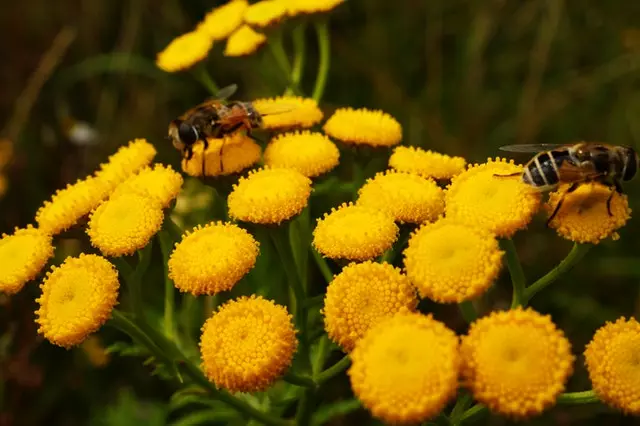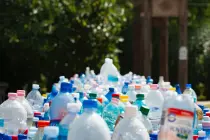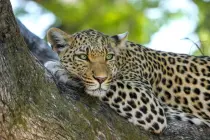The effects of deforestation, glyphosate spraying, and climate change, among others, are influencing the decline of bees in the world. Colombian expert Guiomar Nantes, from the Universidad Nacional, talks about this situation and, in general, about the breakdown of the natural balance in ecosystems, which is the cause of the current pandemic.
Bees are considered the most important pollinators on the planet and, although they are not the only ones, their decline influences the reduction in the production of fruits, vegetables, plant species used for construction, beverages, and textiles, among others.
Guiomar Nantes emphasizes that "pollinators must be protected, reducing the factors that cause their loss, or a more terrifying scenario is to replace them with 'human pollinators' or 'robot bees', and that would be terrible. The factors that are causing mortality or susceptibility to disease in bees also cause the same in other organisms that are also pollinators, such as birds, other insects, mammals, etc.".
This situation is linked to an increase in product prices as a result of shortages, which would force a change in diet. "Human populations that do not have access to these food products, which provide a balanced and healthy diet, would be forced to products that do not depend on pollinators such as cereals (rice, wheat, barley, rye, oats,) but their quality of life and nutrition would be reduced," explains the professor of the National University of Colombia.
This situation gave rise to initiatives such as "Every Bee Counts", which seeks to promote the conservation of bees. For this reason, Avant-Garde, the agency that created the initiative, will hold the First Every Bee Counts Forum in 2021, a meeting of bee protectors, in the city of Bogota, Colombia.
Disappearance of ecosystems
On the other hand, the deficit of pollination in forests will influence the production and dispersal of seeds and, therefore, the regeneration of forests, which in turn would affect the production of oxygen and water. "It's a chain, a series of interactions that would break down causing the degradation of ecosystems," clarifies Nantes.
Climate change, among other factors, is reducing pollinators and, in general, animal and plant biodiversity, "is causing extreme alterations all over the planet: floods, droughts, fires, thawing of snow-capped mountains, glaciers breaking up, and the human activities of producing enormous quantities of garbage and toxic waste, without adequate treatment. All this will cause the disappearance of ecosystems that serve as a refuge and food production for many animals, including bees," explains the professor.
Pandemic: Result of natural imbalance
According to the expert, a current pandemic situation is an event caused by the breakdown of the natural balance in ecosystems.
"Increasingly, the human species interacts with wild species, which have a viral load that can be transmitted to other animals and humans. Viruses, bacteria, and other microorganisms have existed since the beginning of the world, and are established in all animal species, in equilibrium, so they go unnoticed. A pathogenic microorganism can be distributed in many animal species and its effect is diluted, precisely due to the biodiversity of its host, but when one of these species is removed from its environment, and its number increases in a certain area, this balance is broken and the density of microorganisms increases and mutations are generated that can be passed on to the human species. And the human being, not being a natural carrier of that microorganism, can manifest quite negative effects on his health and lead to death.
In addition, it becomes an infectious focus, infecting other people," says the bee expert.
Confinement and bees
Thanks to mobility restrictions, people do not visit natural areas and, therefore, they are more protected. Guiomar Nantes affirms that "by not intervening in these natural areas, biodiversity is maintained. It will be altered if the balance of eco-systemic interactions is broken when it is grazed, cut down, set on fire". But also, as Nantes explains, what continues to occur is deforestation of natural areas, national parks, and protected areas, "has increased more than before the pandemic, because those who cut down forests are freer to enter these areas and destroy the forest, particular ecosystems that often contain endemic species, that is, restricted to specific geographic areas. For example, if deforestation continues in the Amazon, Bombus transversalis, a bumblebee native to that region, would be at risk of disappearing.
If we are talking about the Apis. mellifera species, beekeepers have permission to move to continue their beekeeping activity, "but those who spray are also doing so, and causing bee mortality. If, as a consequence of the pandemic, forests are cut down and ecosystems are eliminated, bees will suffer from a lack of food and adequate sites for reproduction and nesting, with the consequent decrease or disappearance of populations.
Glyphosate spraying
"It is harmful. It alters the immune system of the bees and therefore their intestinal microbiome. In other words, bees become susceptible to contamination by other agrochemicals and to diseases caused by microorganisms, thus affecting bee health and their effectiveness as pollinators. It also affects the cognitive abilities of bees and the learning process in foragers, which alters their ability to orient themselves. They have found glyphosate in honey samples and it is already known that this herbicide can cause cancer, so it not only affects bees, it affects other animals, including us," concludes Nantes.
Training
Although in recent years the interest of the population to take part in reforestation projects has increased, it is necessary to strengthen the training processes to complete what has been started, since, considering that each tree planted is no more than 15 centimeters high, they are very vulnerable to the dangers already mentioned.
Native species
On the one hand, it is important to promote that the planting is done with native species of the area the project will be carried out, thus not altering the ecosystem, on the other hand, volunteers who participate in the process must have the necessary training not only for the planting to be a success but should be aware not to leave items such as plastic bags or other materials related to the development of the activity.
Before planting, the conditions of the terrain must be verified, establishing the type of vegetation that grows in the environment and that could become invasive, killing the planted shoots, as well as identifying the species of the region to plant trees that are by those already established, and determining whether the climatic conditions, soil, and topography are conducive to the healthy growth of the plant.
Water sources
Be aware of nearby water sources that ensure soil moisture planting will take place or, failing that, guarantee continuous irrigation during long summer seasons, eliminate weeds in the area to prevent unwanted vegetation from competing for moisture and nutrients in the soil.
Plantation design
According to the species to be planted, the slope of the land, and climatic conditions, it is necessary to plan the adequate distribution of the seedlings, establishing the correct distance between each species.
Fertilizers and fertilizers
At the moment of planting each tree, the holes must have the appropriate dimensions, adding fertilizers or fertilizers after studying the condition of the soil.
Sowing at appropriate times.
If possible, choose seasons with extended rainy seasons to guarantee humidity to the plant, giving them the necessary time to settle and fix themselves to the soil.
Supervision and control.
Once the planting project is finished, it is necessary to carry out a regular follow-up to detect the state and health of the species; if any type of pest is detected, actions with chemicals or pesticides will have to be promoted to eradicate this type of invaders, as well as to supervise the state of the cages to prevent animals from the environment from damaging or consuming the seedlings.
The above are some recommendations that should be taken into account when planting a tree, however, based on their experience, the guides and directors of each project should be attentive to any situation that could lead to the failure of the planting, so that the interest of the volunteers to continue participating in future plantings is maintained and that they can transmit to others the great experience of planting a tree.














 Fundación
Fundación